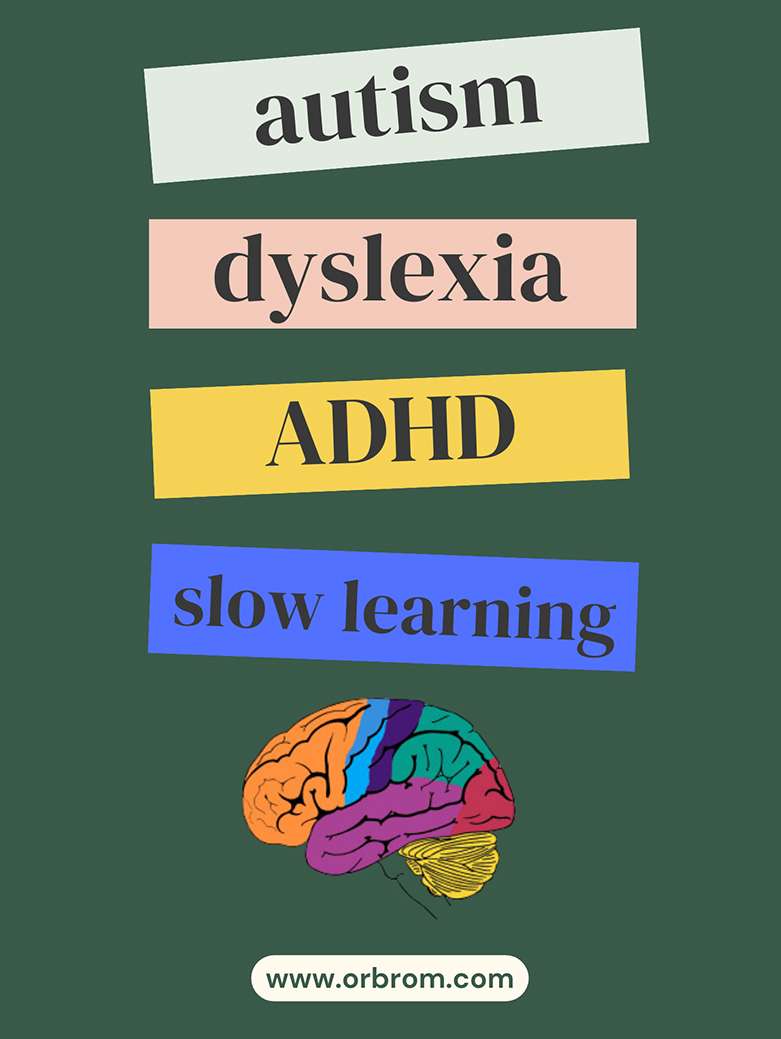Individualized Education Programs (IEP), also known as Individualized Educational Plans, are a legal document that outlines the specific educational needs of a student with a disability. IEPs are created through a collaborative process between the student’s parents, teachers, and other relevant professionals. The IEP team works together to identify the student’s strengths and weaknesses, develop goals for the year, and outline the specific services and supports that the student will need to succeed.
Why are IEPs important?
IEPs are important because they ensure that students with disabilities receive the education they need to thrive. IEPs are tailored to each individual student’s needs and abilities, which helps them to reach their full potential.
What is included in an IEP?
IEPs typically include the following information:
- Present levels of performance: This section describes the student’s current academic and functional skills.
- Annual goals: These are specific and measurable goals that the student will work towards during the year.
- Special education and related services: This section describes the specific services and supports that the student will receive to help them meet their goals.
- Accommodations and modifications: These are changes to the way that the student is taught or assessed in order to help them succeed.
- Participation in state and district assessments: This section describes how the student will participate in state and district assessments, such as standardized tests.
How is an IEP developed?
IEPs are developed through a collaborative process between the student’s parents, teachers, and other relevant professionals. The IEP team typically meets at least once a year to review the student’s progress and make any necessary changes to the IEP.
Here is a step-by-step guide to the IEP development process:
- Referral: A student may be referred for an IEP evaluation by their parents, teachers, or other school staff members.
- Evaluation: Once a student has been referred for an IEP evaluation, they will be assessed by a team of professionals to determine whether or not they qualify for special education services.
- Eligibility: If the student is found to be eligible for special education services, an IEP team will be convened to develop an IEP.
- IEP meeting: The IEP team will meet to review the student’s evaluation results, develop annual goals, and outline the specific services and supports that the student will need to succeed.
- Implementation: The IEP team will work together to implement the IEP and monitor the student’s progress.
- Review: The IEP team will meet at least once a year to review the student’s progress and make any necessary changes to the IEP.
Tips for parents
If you are the parent of a child with a disability, here are some tips for participating in the IEP process:
- Be prepared: Before the IEP meeting, take some time to review your child’s evaluation results and develop a list of questions and concerns.
- Be specific: When developing annual goals for your child, be as specific and measurable as possible.
- Be persistent: Don’t be afraid to advocate for your child’s needs. If you disagree with something in the IEP, be sure to speak up.
- Collaborate: The IEP process is most successful when everyone involved works together. Be sure to communicate with your child’s teachers and other members of the IEP team on a regular basis.
IEPs are an important tool for ensuring that students with disabilities receive the education they need to succeed. By understanding the IEP process and participating actively in IEP meetings, parents can help their children reach their full potential.
Services for Autism, ADHD, Dyslexia, Spelling Difficulty, social and slow learning, Down Syndrome, and Selective Mutism. OrbRom is the best option in Phnom Penh.
If you are concerned about your child’s development, Contact OrbRom Center for Assessments.
Phone/Telegram: 077.455.993
Telegram Link: https://t.me/OrbRom







